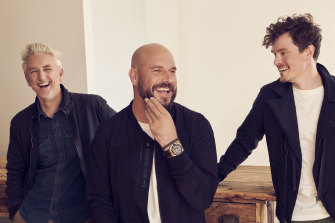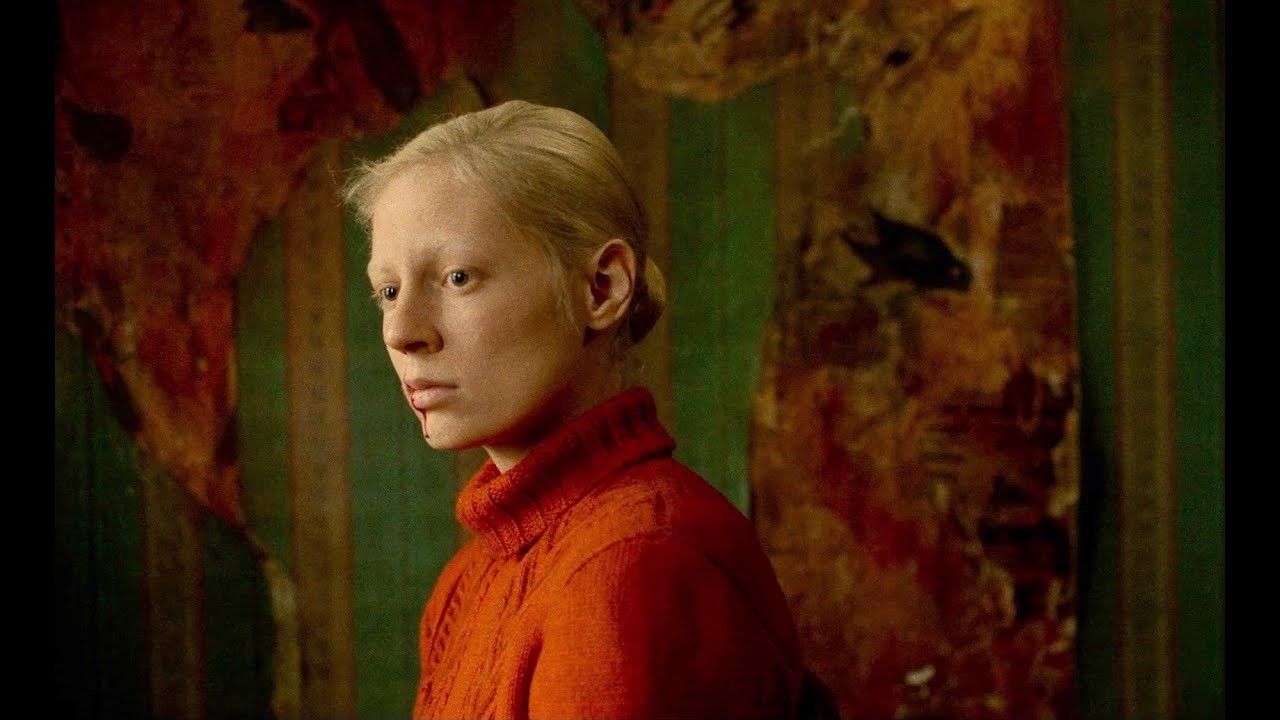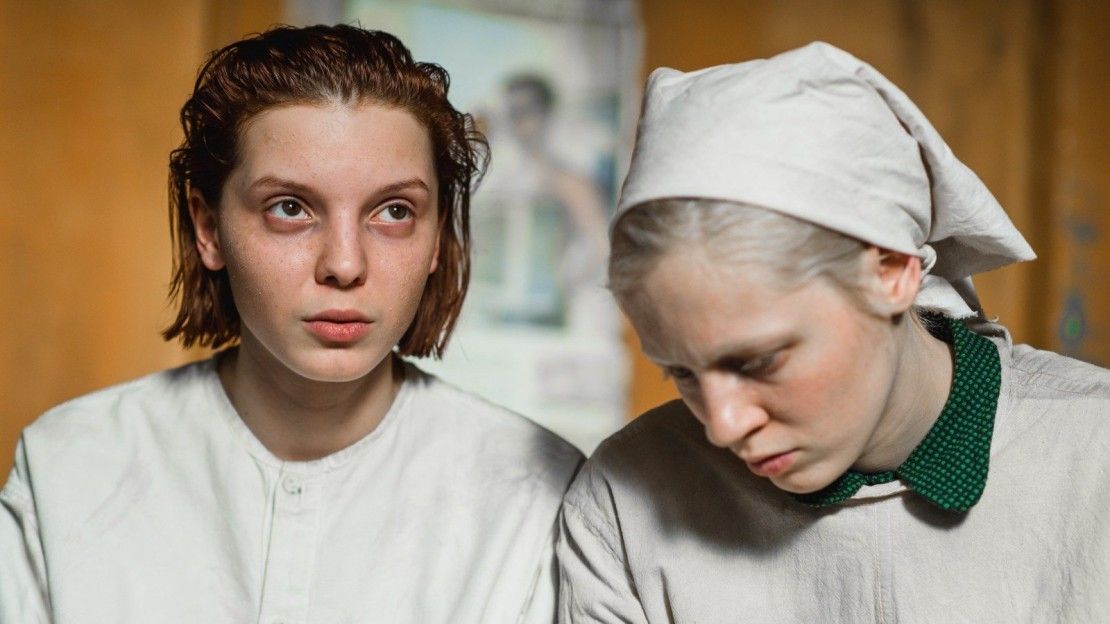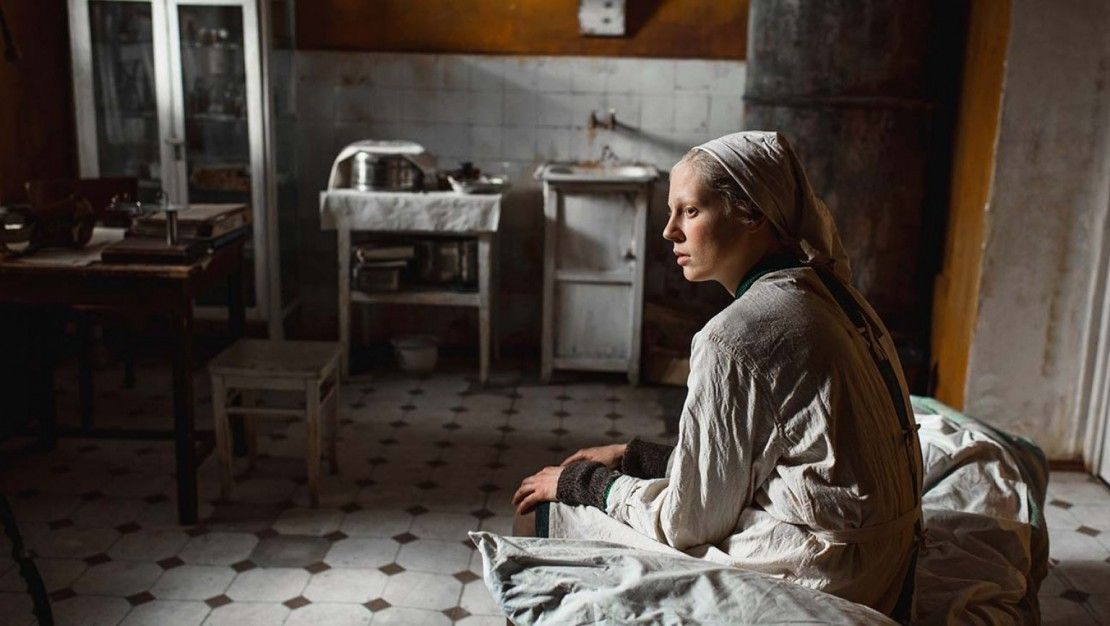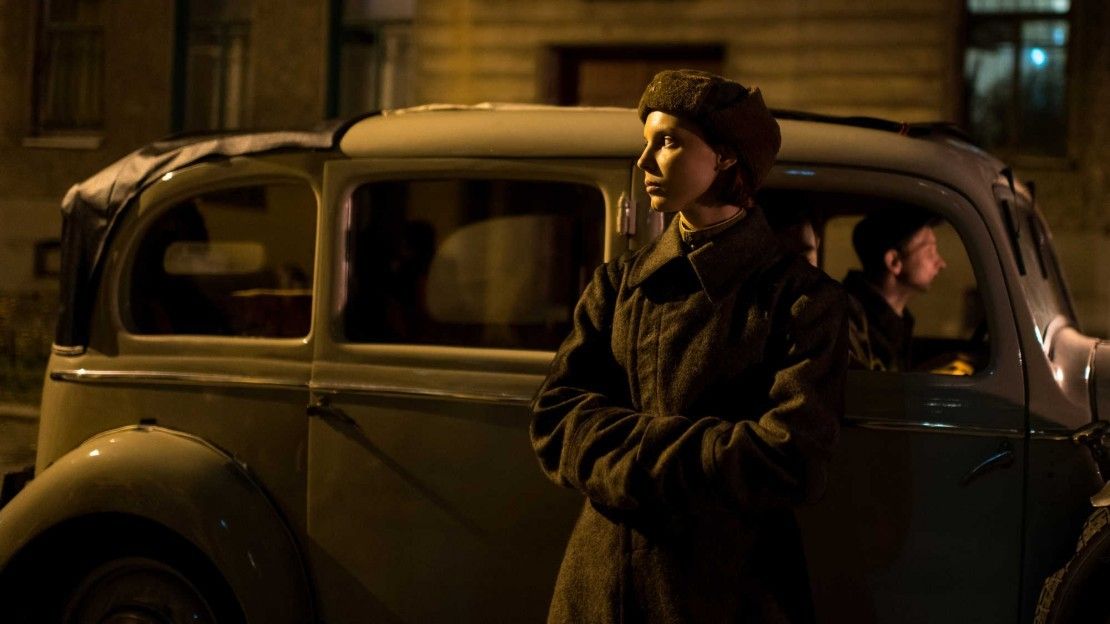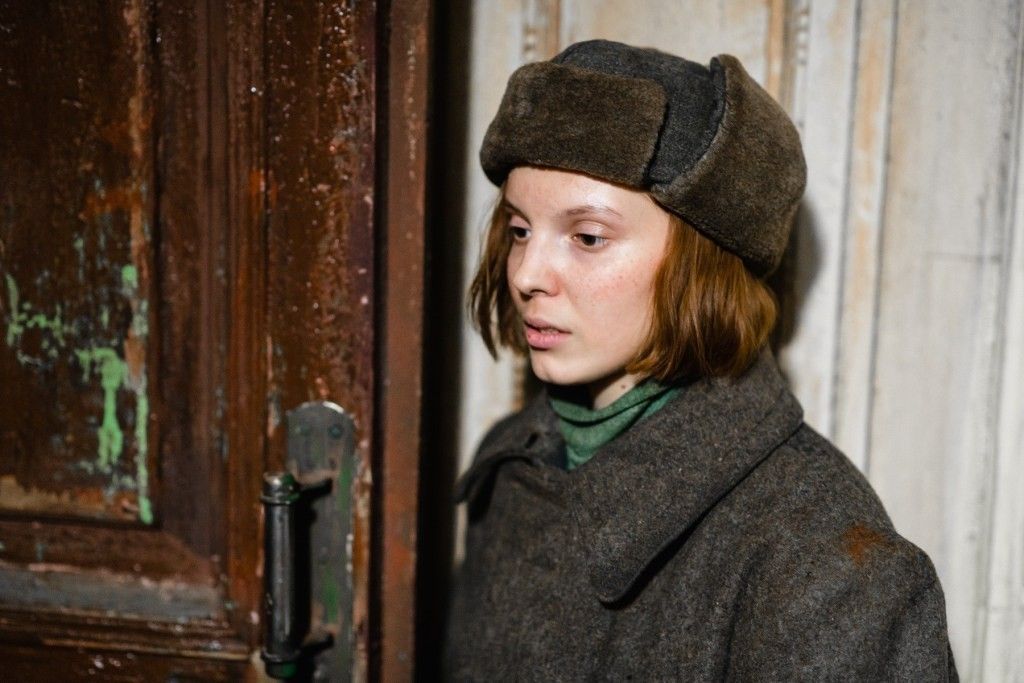Formerly the head of Australian production at Roadshow Films, Seph McKenna left
the east coast to take on the role of Screenwest CEO in January, succeeding Ian
Booth.
But the former exec says he’s no stranger to Western Australia. Roadshow has been
involved with many recent films that were shot in the state, including Bran Nue Dae,
Red Dog, Paper Planes and Red Dog: True Blue. It acquired Simon
Baker’sBreath and will distribute upcoming See Pictures film Go Karts, shooting
in Busselton.
McKenna particularly credits regional film festival CinefestOz for luring east coast
distributors and producers like himself into the west’s regions over the past seven or
eight years.
“It woke all of us up in the east to the potential of the west,” he says.
Western Australia has grown as a production destination over the last decade. Ten
years ago it was averaging about one feature-length film a year. In 2015-16,
Screenwest supported a record seven feature-length films to shoot in WA, and in
2016-17, the production of four and the post of two others.
McKenna says that while he was at Roadshow they found their biggest films, in terms
of indie Aussie fare at least, came out of WA.
“Red Dog was the standard bearer there – until Lion came along it was the highest
performing independent Australian film of the last 20 years.
“What we found was because Western Australia is a big outdoor canvas for our
filmmakers, all of Australia really embraces the film. It feels like they are big, epic
Australian films of scale on the big screen, because you have these phenomenal
landscapes. You don’t run into any rivalries between Sydney and Melbourne.
“Films that are made here are just intrinsically Australian, and we found we could
sell that to audiences successfully.”
Vision and new opportunities
Given its varied and spectacular landscapes, WA is a natural home for the outdoor
film, says McKenna.
“If you’re looking for a big canvas to paint on, you can’t lose in WA. And we have
both experienced crews now and post facilities to do everything here.
“I think there used to be this presumption – I used to have it years ago at Roadshow
– that you could do some things in WA, but you couldn’t do everything here. Now
you can do everything here.”
McKenna praises his predecessor Booth, and Screenwest head of development and
production Rikki Lea Bestall, for the uptick in production activity and the growth of
infrastructure in WA.
“Including – and they so often don’t get the acknowledgement because you don’t get
the big splashy roll outs – our documentary producers who are the vanguard of
selling to international.
“Our documentary companies are the bedrock of the Western Australian screen
sector. In the feature land we can learn from what they’re doing because they’re
having such success.”
In his new role, McKenna is keen to capitalise on that level of production nous and
capacity that now exists in WA.
He says his time at Roadshow has left him with a sense of what works in the market,
what doesn’t and why. It’s a skill he believes will be important at Screenwest now
that it has transitioned from a government agency into an independent non-profit
organisation.
“I do think there is a sense of cautious optimism about what the new Screenwest
structure can bring, and it really is on me to deliver.”
Under the new non-profit structure, Screenwest continues to receive funding via the
WA government and Lotterywest. However, McKenna envisions the agency will now
have the flexibility and opportunity to ramp up its production attraction by building
partnerships with organisations in a way that may have previously been in conflict
with government policy or restrictions. This includes market and fundraising
partnerships.
“When I say fundraising, I mean going out and trying to raise funds around either
specific films, helping producers go out and do that, or finding pots of money that
can come in and partner with us in a general slate way – something you absolutely
couldn’t do in government.”
McKenna argues these partnerships will help Screenwest to find potential flagship
projects to “sell the state on” that will play both in Australia and find a home
internationally.
Small screen
While the west has seen a strong upswing in feature production, there isn’t much TV
drama being produced in the state at present – with some notable exceptions like the
ABC’s Mystery Road.
For McKenna, drumming up more is a key focus. In particular, he’s keen to see a fan-
driven drama in the vein of Miss Fisher’s Murder Mysteries that would attract fans to WA to visit the show’s locations – just as they might visit Hobbiton in New Zealand or Highclere Castle in the UK, where Downton Abbey is shot.
“I would not only love to see that, I’m actively looking for a production or
productions that could fall into that category.
“And I think we’re probably more likely to find a television series of scale than we are
to find a movie of scale. But of course we’ll take either, or both.
“But for crews and consistency of work, nothing beats television. Series television is
becoming more and more difficult Australia wide to find, produce and fund. Our
most natural partners in that are the ABC and SBS, and we are working closely with
them.”
Just as CinefestOz was successful in luring east coast feature film execs to the WA
around seven or eight years ago, McKenna says there is more work to do to bring
those working in TV in the east over to the west to show them what’s possible.
“I think once they get familiar with the opportunities, the place and the locations,
they’ll start to see that. So it’s about getting our east coast TV people comfortable
with the idea that you can shoot in the west and that’s okay.
“And we have WAAPA, and WAAPA brought us Hugh Jackman. I think we have the
best acting school in the country here – don’t tell NIDA. But it’s certainly producing
strong students who go off to do amazing things. There’s a wellspring of talent here
and they’re happy to stay here if they can shoot here.”
Challenges and promise
Lotterywest, which runs the lottery in WA, supports both Screenwest and the Perth
International Arts Festival, as well as other cultural activities in the state.
However, The Australian reported in late January that lottery driven revenue was
declining in Western Australia by almost $300 million per year and that $16.5m out
of $25m multi-year grants issued by the state arts department were due to be funded
with revenue from Lotterywest, but a nearly $2m gap opened up between what it was
able to be eventually delivered.
“Younger people aren’t buying lottery tickets at newsagents, they are either not
gambling or they’re gambling online; it’s just a declining source of revenue,” says
McKenna.
“Lotterywest funding is really what has supported the organisation’s funding into
production for quite some time. So that’s a concern to everybody, and everybody’s
well aware.”
However, McKenna says the Western Australian Regional Fund – “purpose-built to
bring work into the nine different regions of WA” – is healthy and been “quite a tool”
for Screenwest.
Established in 2016, the $16 million Western Australian Regional Fund is designed
to support high quality international and Australia feature films, high-end television
series and documentaries to shoot in regional WA. It’s already helped to attract Ben
Elton’s Three Summers, Mystery Road and the upcoming Go Karts to the state.
“Everyone is pretty excited by that because it absolutely has been successful in
bringing in productions,” says McKenna.
The fund does have defined rules – you have to show economic and cultural benefit
to the region, and it has a minimum 2:1 spend – so McKenna says it can knock out
productions that are sniffing out extra funding from any old place.
However, he says for the productions that are aligned to a region, it can be a terrific
fit that can overcome the higher costs that can be associated with shooting in the
west if people need to be flown over. “That’s major for us.”
As for what is working else to attract productions, McKenna says: “We’ve got money,
we’ve got weather and we’ve got locations. That’s the west sell.”
The challenge for interstate or overseas producers shooting in WA will always be the
tyranny of distance, but McKenna counters: “It’s just being away from home, which
is something all producers face as they run around the world for places to shoot.
“The good news for Australian producers that need otherworldly landscapes is you
can find it here in Australia. You don’t have to go abroad; it’s here.”
18 May, 2018 by Jackie Keast INSIDEFILM
